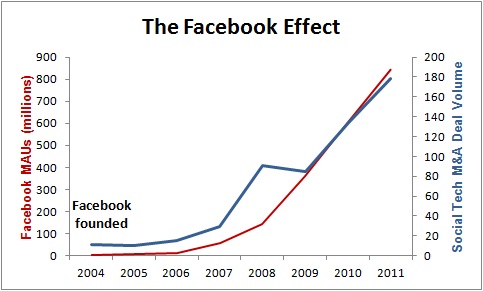Contact: Scott Denne
TIBCO Software has acquired BI vendor Extended Results to bolster its Spotfire data visualization business, which it bought for $195m in 2007. After five years of organically growing Spotfire, Extended Results is TIBCO’s third Spotfire add-on this year. Its growing interest in the sector likely comes from both competitive M&A pressure and the market’s overall growth.
Extended Results offers BI software that enables executives to access key metrics on their mobile devices. The target provides TIBCO Spotfire with a mobile delivery mechanism for its visualization products. Terms of the deal weren’t disclosed, but we know TIBCO has so far spent a total of $85m to purchase businesses complementary to Spotfire. Extended Results had 50 employees. Cascadia Capital advised the company on its sale.
To a degree, we believe the transaction was driven by competitive M&A pressure in data visualization, as well as the sector’s growth potential. For example, QlikTech, one of TIBCO Spotfire’s biggest rivals, got into data visualization in May with the $7.6m acquisition of NComVA. Meanwhile, other tech firms have been active here this year, with Salesforce.com buying EdgeSpring, Datawatch picking up Panopticon Software and Pentaho reaching for Webdetails. And for a market check, Tableau Software, the largest stand-alone data visualization software provider, is expected to double its revenue this year, to $258m.
TIBCO’s BI and data visualization M&A
|
Source: The 451 M&A KnowledgeBase

